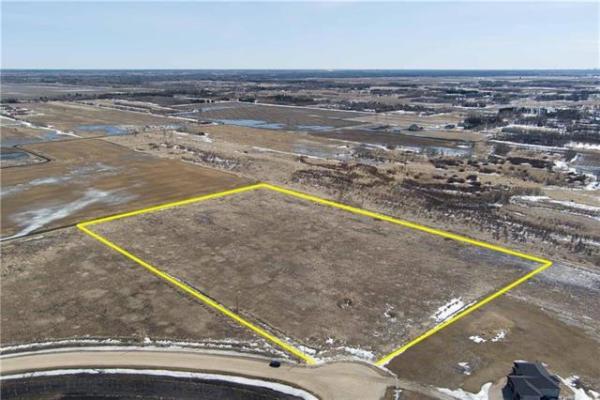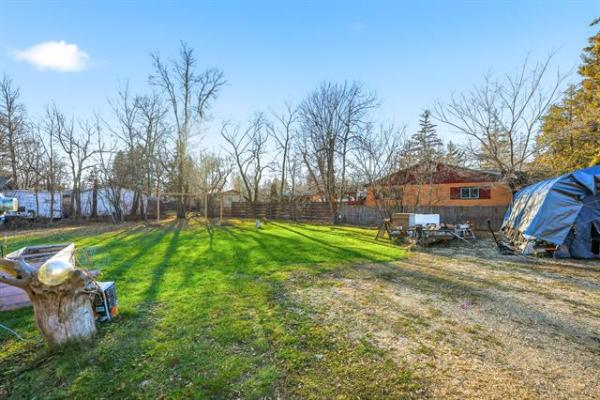Each fall I get a number of inquiries from readers and clients about how to prepare their trees and shrubs for winter. There are now signs of leaves turning yellow. Did you know that trees and shrubs go through a winter preparation procedure of their own as they approach a state of dormancy?
Prior to the advent of winter, trees and shrubs go into a state of dormancy, or a resting period. During this period all the growth processes and functions of woody plants slow down and ultimately stop. Only the respiration process continues, as all living entities on earth need to breathe oxygen in order to live. In the dead of winter, trees breathe very slowly and very infrequently. The process of dormancy preparation is key to the survival of the trees and shrubs that go through long prairie winters. They are conserving their energy until spring. If you would like more information about how trees are prepared for winter dormancy, please contact me and I will send you further details about this magnificent process.
In our clay and clay loam soils many newer varieties (since 1970) of trees and shrubs are not equipped to absorb what little nutrition there is in our alkaline soils, especially in south central Manitoba. Available soil nitrates, phosphoric acid salts and iron oxide are limited by strong alkaline compounds in the soils such as carbonates and silicates of calcium, sodium and magnesium especially. Proper fertilization is essential. Although fertilization, especially for large trees, can be done by homeowners, I recommend that you get it done by a trained professional that specializes in this field if you have not done it before.
Fall fertilization is valuable for coniferous evergreens such as spruce, fir and pine as well as deciduous trees such as silver maple, red maple-silver maple hybrids, crab apple, mountain ash and all of the regular ashes (especially Manchurian) as it is a key annual procedure in the control of difficult fungal and bacterial diseases.
Although we have had an abundance of rain during this late summer season, it's still wise to thoroughly water all trees and shrubs before freeze up. Nearly all property owners, including gardeners, do not properly water their trees.
Imagine your tree is located in the centre of a large imaginary circle. In clay soils the roots typically grow a distance equivalent to at least half that tree's height from the trunk in all directions where possible.
Mugo pines and cedars especially, as well as other coniferous evergreens, were hard hit by late winter burn (extreme dehydration caused by a combination of the heat of the sun last winter and frozen soils). Install a sturdy burlap screen at least as high as the evergreen when the ground has not yet been frozen. The screen should be on the south and south-west sides of the tree but not touching.
Protect the lower stems of newly planted trees from feeding by voles, rabbits and other small mammals especially evergreens with tree guards. Deep, soft snow encourages voracious feeding by these animals. You may want to tramp down soft snow so that there is no air layer above the ground under the snow.
Michael Allen is a consulting urban forester and certified I.S.A. arborist and owner of Viburnum Tree Experts. He makes house and garden visits to assess tree and shrub problems. He can be contacted by calling 831-6503 or by e-mail at viburnumtrees@shaw.ca His web site is www.treeexperts.mb.ca



